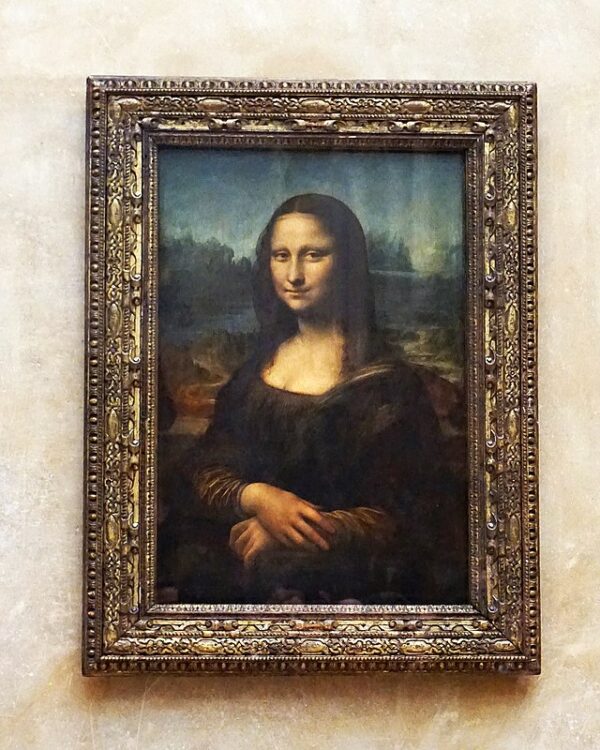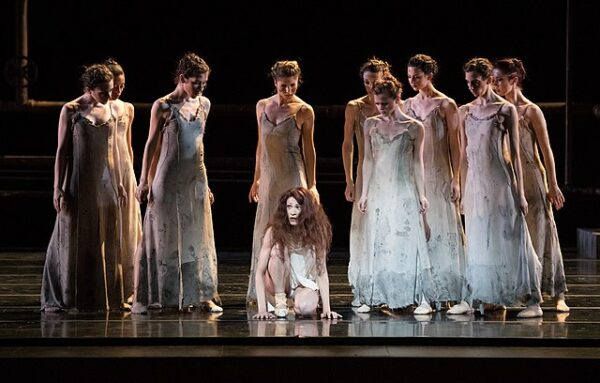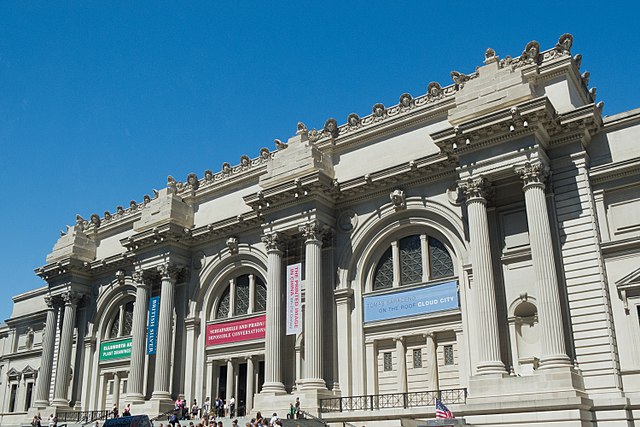On August 20, 1911, one of the most famous paintings in the world went missing from the Louvre Museum in Paris. Leonardo da Vinci’s “Mona Lisa,” renowned for its enigmatic smile and exquisite artistry, was stolen in an audacious heist that stunned the art world and captivated the global public. The painting’s disappearance not only triggered a massive international manhunt but also transformed the “Mona Lisa” into a cultural phenomenon.
The theft was carried out by an Italian handyman named Vincenzo Peruggia, who had been employed at the Louvre. Peruggia was not a seasoned criminal; rather, he was motivated by a misguided sense of patriotism. He believed that the “Mona Lisa” belonged in Italy, where it had been painted, rather than in France. This belief, coupled with the opportunity provided by his employment at the museum, led him to plan the theft.
On the morning of August 20, Peruggia entered the Louvre disguised as a worker. Taking advantage of the museum being closed to the public for maintenance, he removed the painting from its wooden frame, concealed it under his work smock, and simply walked out of the building. The theft went unnoticed for several hours, and it was not until the following day that museum officials realized the painting was missing. Initially, the authorities suspected that the painting had been temporarily removed for photography or cleaning, but when it failed to resurface, panic ensued.
The theft of the “Mona Lisa” sparked an international media frenzy. Newspapers around the world reported on the disappearance of the painting, and the Louvre became the focus of intense scrutiny. The museum was temporarily closed, and a thorough investigation was launched. Police interrogated staff members, artists, and art dealers, but the trail soon went cold. Among those initially suspected was the avant-garde poet Guillaume Apollinaire, who was arrested and questioned but eventually released. Pablo Picasso, the renowned artist, was also briefly under suspicion due to his connections with Apollinaire and the art world’s undercurrents. However, neither Apollinaire nor Picasso was involved in the crime.
For more than two years, the whereabouts of the “Mona Lisa” remained a mystery. During this period, Peruggia kept the painting hidden in a trunk in his Paris apartment. In 1913, believing the time was right, he contacted Alfredo Geri, an art dealer in Florence, and offered to sell the painting. Geri, suspicious of Peruggia’s claim to possess the real “Mona Lisa,” arranged for a meeting. Upon confirming the painting’s authenticity, Geri alerted the authorities, and Peruggia was arrested.
The recovery of the “Mona Lisa” was met with widespread relief and celebration. The painting was returned to the Louvre, where it was welcomed with great fanfare. Ironically, the theft had elevated the “Mona Lisa” from a respected masterpiece to an object of global fascination. The media coverage and public interest generated by the crime transformed it into the most famous painting in the world.
Peruggia was tried in Italy and received a lenient sentence of just over a year in prison, partly due to the perception that his actions were motivated by patriotism rather than greed. Today, the “Mona Lisa” remains one of the most visited and recognized works of art, its fame forever linked to the extraordinary events of August 20, 1911. The theft not only underscored the vulnerability of even the most revered cultural treasures but also contributed to the painting’s enduring legacy as a symbol of art’s power and mystique.






